Good food and traveling?! How can this blog get any better? Today I’m going to take you on a little trip via an unconventional mode: between the bumps and humps of a camel. Along our journey, we will make one stop for lunch, and you guessed it, we will be enjoying the spoils of a deliciously fresh bacon salad.
 Photo by Jassim Shanavas on Unsplash
Photo by Jassim Shanavas on Unsplash
Perhaps you recall our previous journey across America in my blog about our spelling rule called Majestic America. This discussion centered around the concept of schwa and will help serve as your tour guide for today’s expedition. If you haven’t yet taken that journey, check it out first and return to our hump-backed tour after you’re done.
Before You Begin
Before teaching these concepts to your student, make sure they can...
Photo by Jassim Shanavas on Unsplash
Getting Started: A Brief Review of Schwa
You may remember that schwa comes into play when the regular vowel sound is too difficult to say efficiently. Instead of saying that regular vowel sound, we replace it with the schwa sound to make that word easier to say. Schwa is kind of a lazy sound; it’s the same sound that the short letter ‘u’ makes (uhhh). For a more complete description of this phenomenon, please check out my previous blog about schwa as I describe the Majestic America rule.
Today, I’m going to describe two more schwa rules. To begin, I’d like to try something with you. It’s an approach I use with my students when we are discovering new rules. Take a look at the two lists of words below. I’ve sorted them based on the two schwa rules that we are going to learn today. I’ve marked the vowels changing to schwa in red. In most dictionaries, you’ll see schwas noted with the diacritical schwa symbol: Ə. We’ll circle back once you’ve had a chance to examine the two lists.
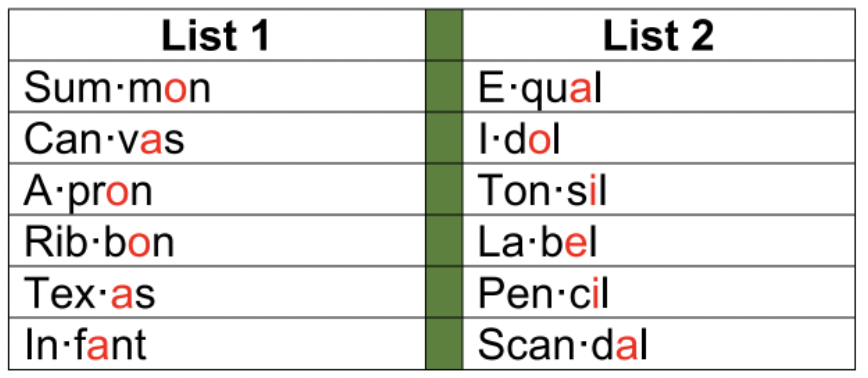
Now, if you were my student, this would be the point where I’d ask you if you noticed any patterns in the letters that changed to schwa. I may guide you by saying:
“Write down the letters that became schwa in List 1.”
Hopefully, you’ve noticed that they’re all O and A.
“Are those open or closed O’s and A’s?”
“That’s right! They’re closed.”
At this point, I would not yet reveal the rule. Instead, I’d move on to the second list, where I may guide my student to notice that those schwas can be several different vowels: O, A, E, and I. They’re also all closed, but specifically, they’re closed with the letter L.
If this is your first time teaching schwa to your student, you’ll have to take some time to talk about accenting. You may recall that schwas can only appear in unaccented syllables. As lazy sounds, they are the product of our need to speak with efficiency. Accented syllables are our first priority and will always follow the regular spelling sounds. Conversely, schwas exist to make those unaccented syllables easier and more efficient to say.
When I’m teaching spelling and reading rules, I like to use this guided discovery approach for several reasons. The first reason is that it simply breaks up the monotonous “teacher talk.” As teachers and parents, we all know the moment when we realize that our students have stopped listening. You know, the Charlie Brown teacher phenomenon where we are no longer saying words of any worth. The second reason for a guided discovery method is that it allows students to take more ownership of their spelling rules. When students feel like they cracked the code to a spelling rule, they’ll be
more likely to remember it!
I know that I promised you a journey with delicious food, and the moment is finally upon us! Let’s take a look at those new rules.
Bacon Salad
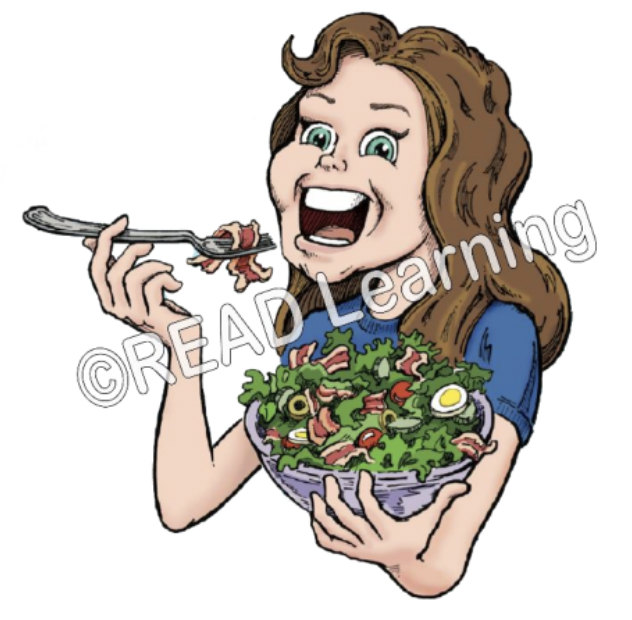
As we reflect upon the two lists of words that we’d examined above, our fresh, crispy Bacon Salad rule corresponds perfectly with List 1. Just as we had discovered, this rule is all about the closed and unaccented O’s and A’s. Here’s our complete spelling rule:
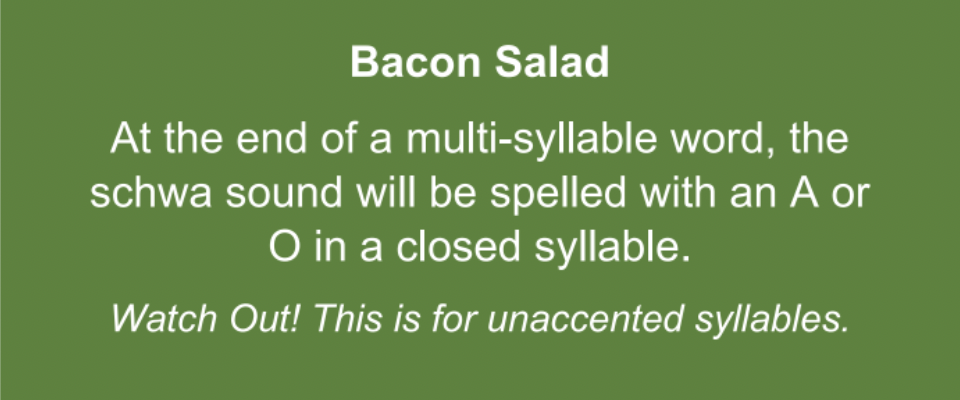
Notice that the name of the rule, Bacon Salad, models exactly what this rule is all about. The biggest takeaways from this rule are: 1. This schwa is closed and 2. The only two letters that can change to schwa for this rule are O and A. Therefore, if your student notices a closed O or a closed A in the second syllable of a word, prompt them to recognize that there is likely a schwa in that word.
After such a delicious meal, I think we are ready for the next phase of our adventure!
Travel by Camel
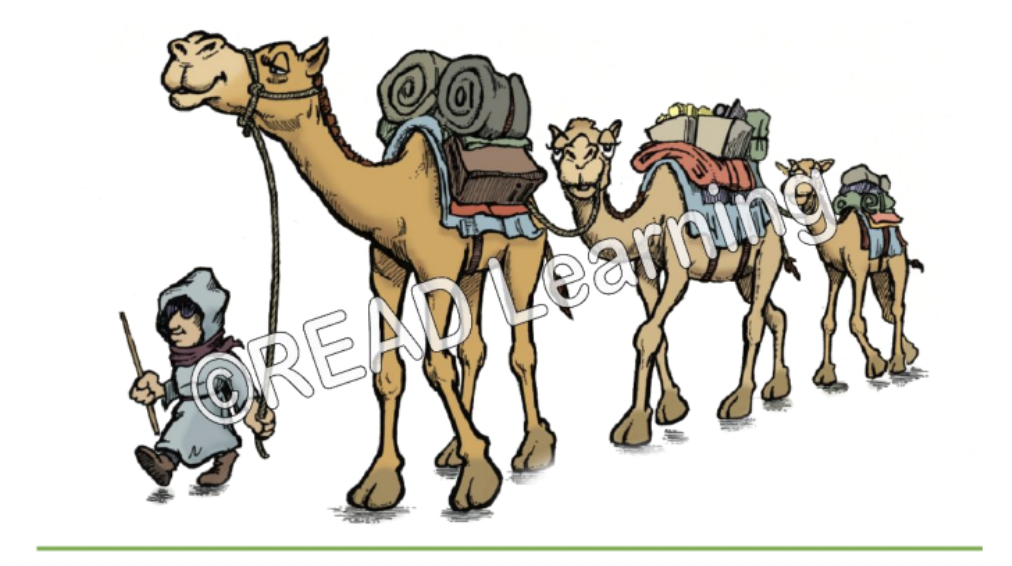
Our Travel by Camel spelling rule corresponds to List 2 of the words presented above. This rule is a bit more complicated because there are more options for spelling schwa than there were for our previous rule. In fact, any vowel can change to a schwa if it’s unaccented and closed off by the letter L. Here’s what this rule looks like:
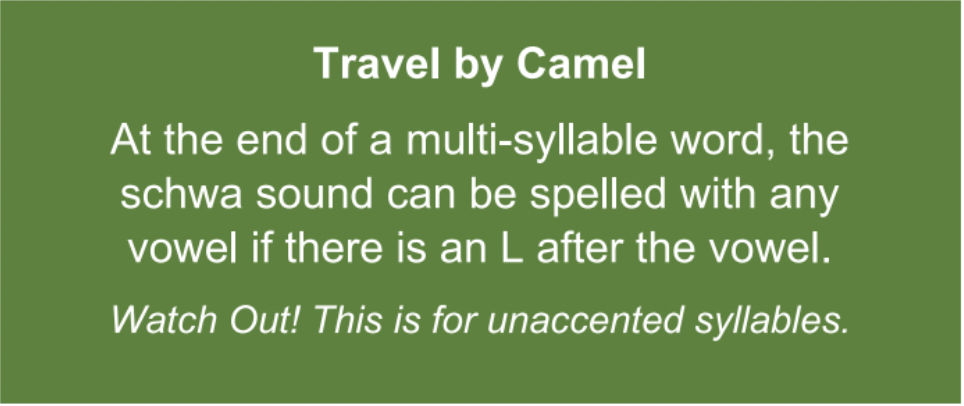
Make sure that you point out that whenever your student sees a vowel+L pattern at the end of a word, they should think about the schwa sound.
Pretty simple, right? Well, not exactly. The toughest part about schwa is getting students used to recognizing their spelling choices when they come across a schwa. I do a lot of thought-process modeling for students to encourage them to build strong problem-solving skills. For example, let’s say I’m trying to spell the word ‘Wagon.’ Here’s the thought process I would model for my students.
“Wagon. Hmm...I’m going to tap out each syllable.”
“Wa—gon”
“Now, I’ll just say and spell the first syllable, Wa”
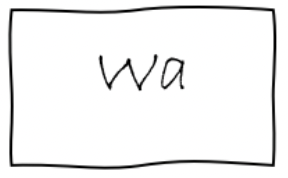
“Okay. That was easy! Now, I’ll say and spell the second syllable, Gon. What I hear is G-Uhh-N. Whenever I hear an Uhhh sound in the second syllable, it’s probably going to be a schwa. I’m going to leave it blank for now and just spell the sounds I know for sure.”
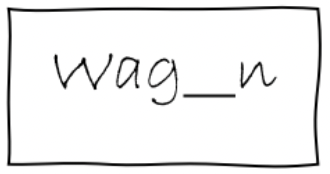
“Okay, that was easy too. Now, I have to tackle that missing schwa letter. I know that I have a couple of schwa rules. Let me see which one fits this word. It’s closed off by the letter N, and it’s at the end. It must be Bacon Salad!”
“I have two choices for spelling this type of schwa, O and A. Which one do I choose?”

Now we have come to a crossroads. There really is no way of knowing for certain which letter to use for spelling each of these schwa sounds. The good thing is that there are two tools to guide students’ thinking about schwas. The first is that the spelling rule itself certainly narrows down their spelling choices. In the example above, there are only two choices for spelling a Bacon Salad schwa: O or A. The second tool that students begin using is spell-check. This could be in the form of an embedded spell-checking tool in a word processing program, the dictionary, or a portable electronic spell checker. Here’s how I model this conundrum:
“There really isn’t a way to know for sure, so I’m just going to take my best guess. Let’s see how the letter A looks.”
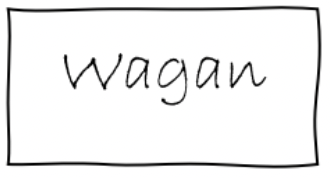
“Hmm..that looks a little strange. Let’s see if I can check it using spell check.”
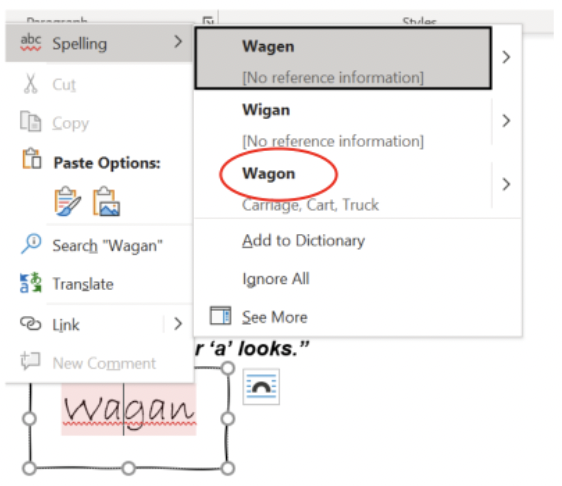
“Okay, great! I can tell that the first two options don’t work with the word or for my spelling rule, so it must be the third option down, W-A-G-O-N.”
I would likely repeat the same thought-process modeling with a Travel by Camel word. Of course, this one is tricky because students will have many choices for filling in that schwa blank! However, if you make it to the end of our journey, you’ll be rewarded with a great thought map as part of our FREE reproducible that you can use with your students to guide their thinking. They can be found at the end of this blog.
For additional practice, I like to walk my students through a series of visual and auditory drills to reinforce the sound for schwa, as well as how to spot it in a word. Don’t forget that there are many more quick and easy activities in our Silver Moon Spelling Kit!
Important Tips to Consider
As We Wrap Up Our Journey...
The salad has been munched, and our trusty camel crew has taken us to the end of our journey. Now that we’ve unpacked these rules, it’s time to unpack our bags and give them a try! Below, you’ll find an itinerary full of helpful activities for you and your student to practice each of these spelling rules, and unlike an action-packed vacation, they’re FREE! Check them out at the link below.
Bacon Salad and Travel by Camel Reproducibles Here
As always, if you found this blog helpful, please share it with your fellow teachers, parents, and interventionists. Interested in learning more? You can find our other spelling topics HERE, and don’t forget to check out our complete guide to spelling at www.Silvermoonspellingrules.com . If you need help understanding syllable division rules, see our video section (vlogs) HERE.
Happy Teaching!
Written by:
Kate Wagner, BSE
Reading Interventionist, Remote Learning Coach